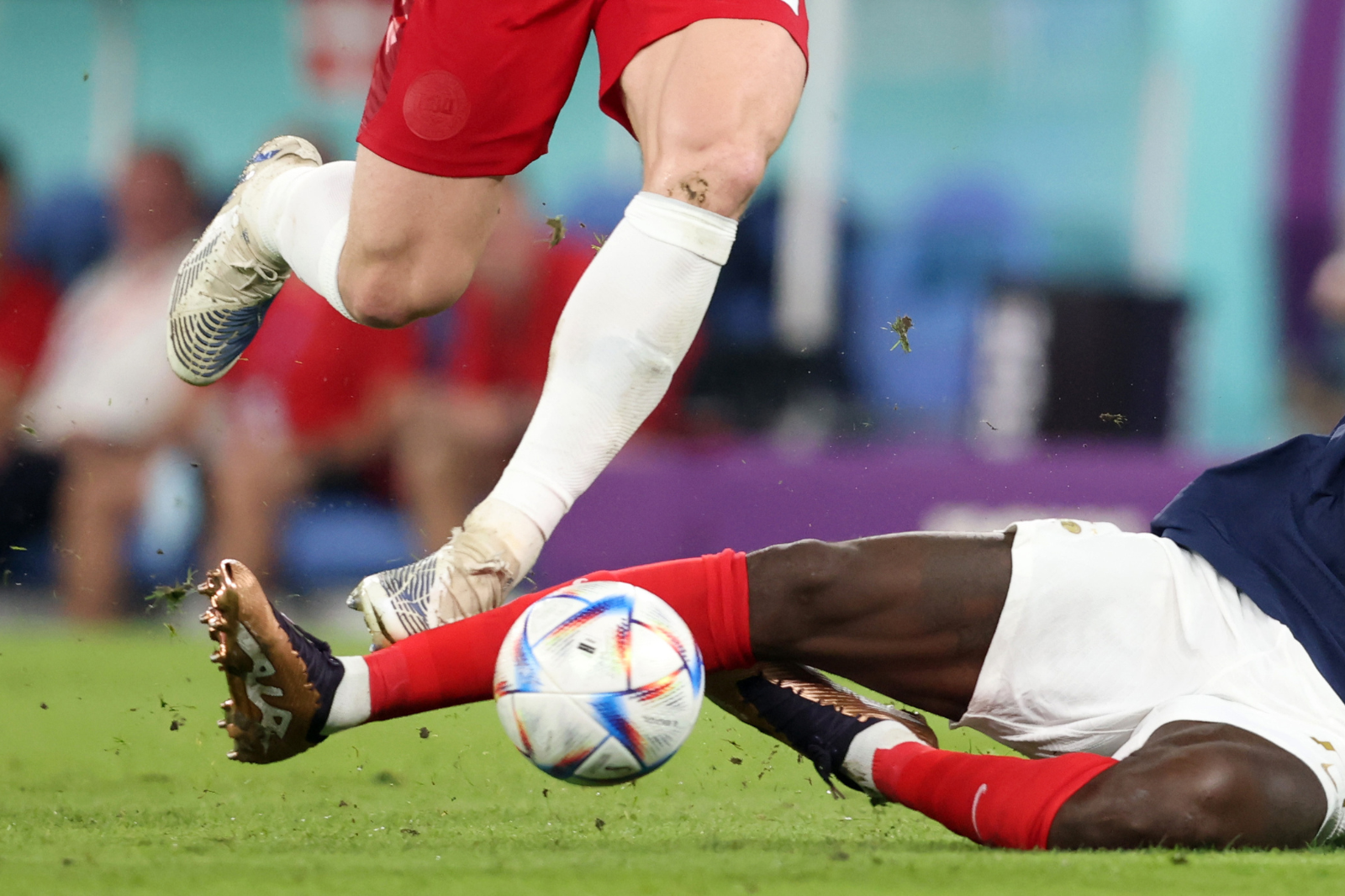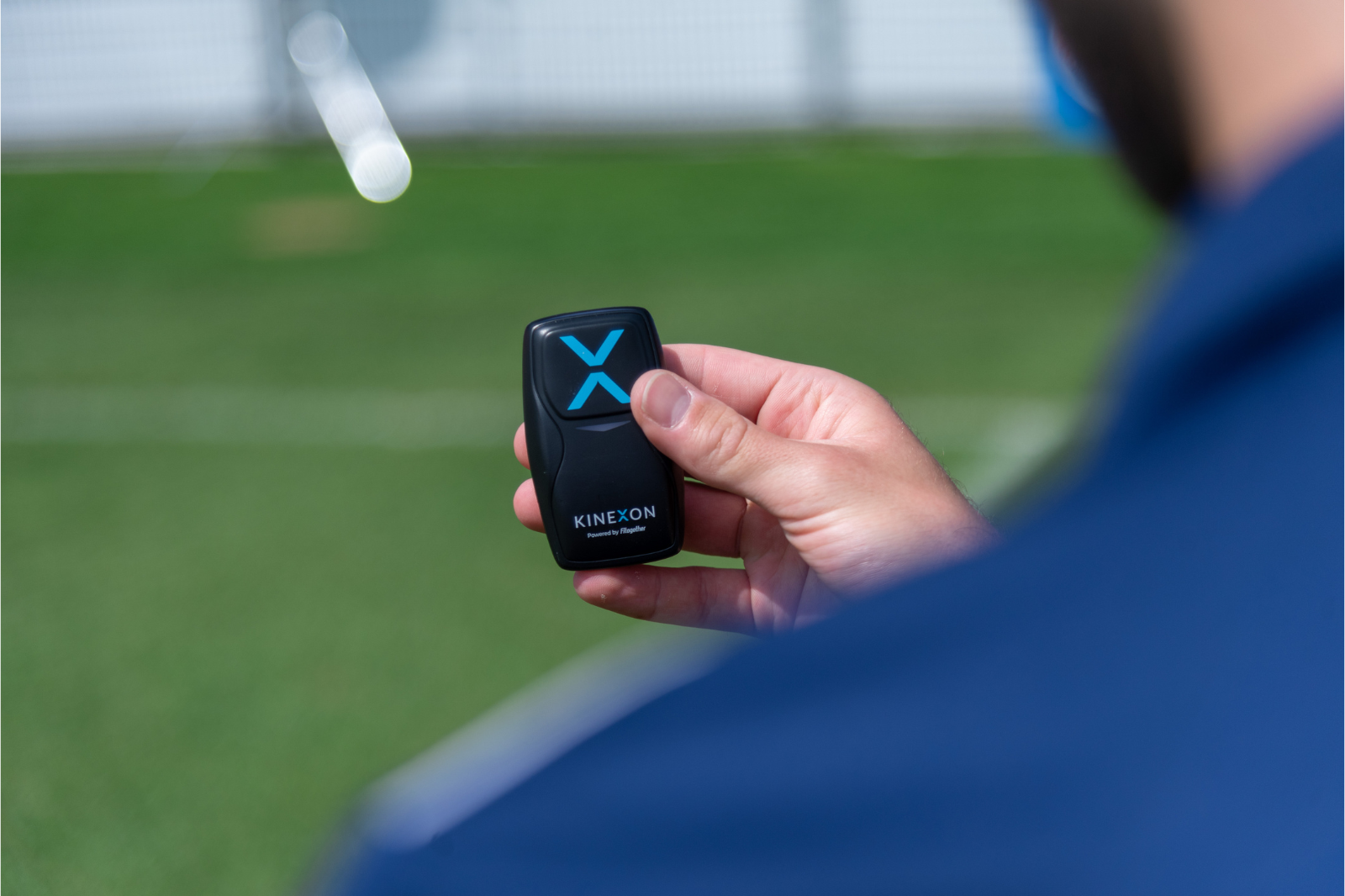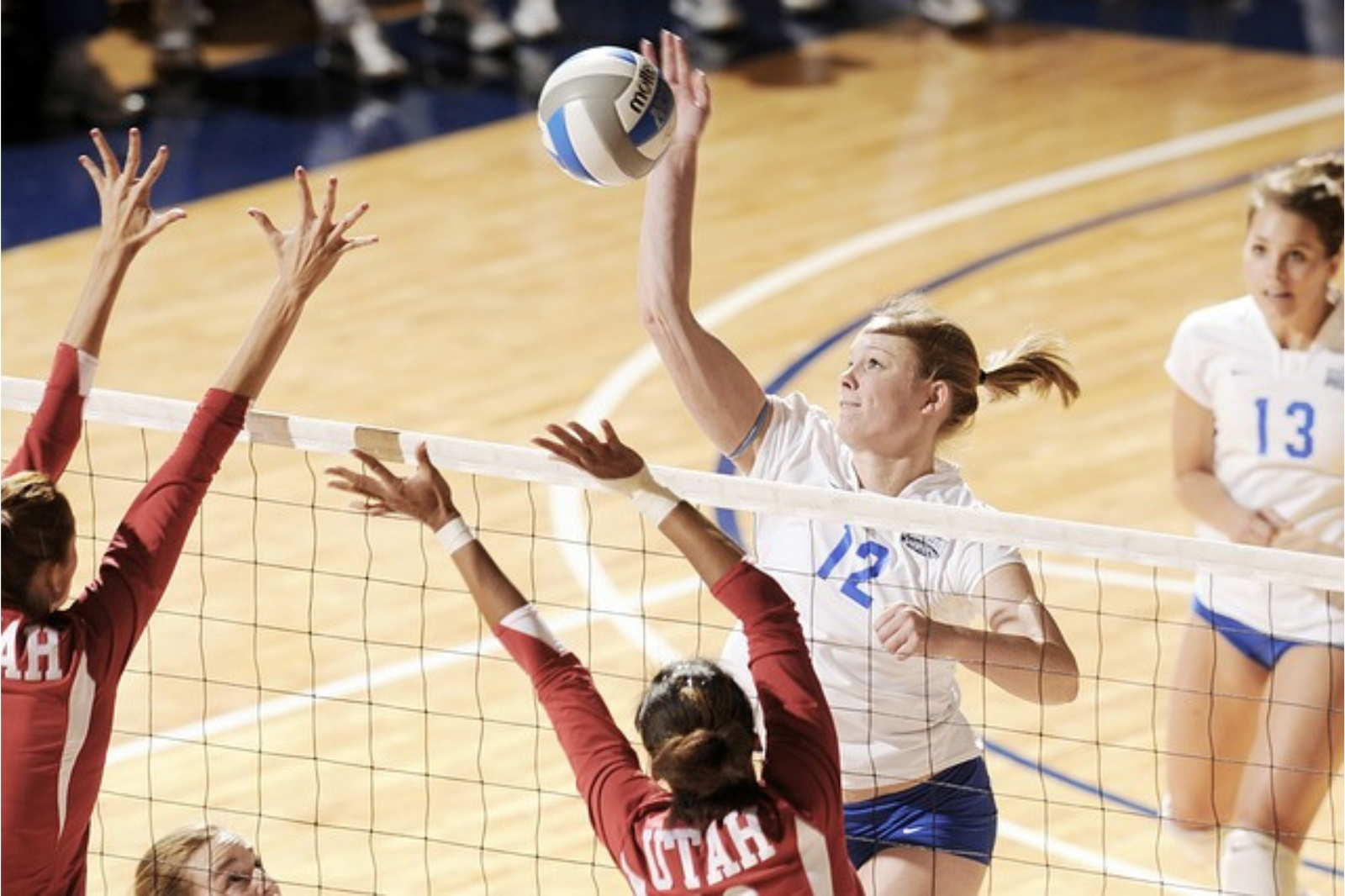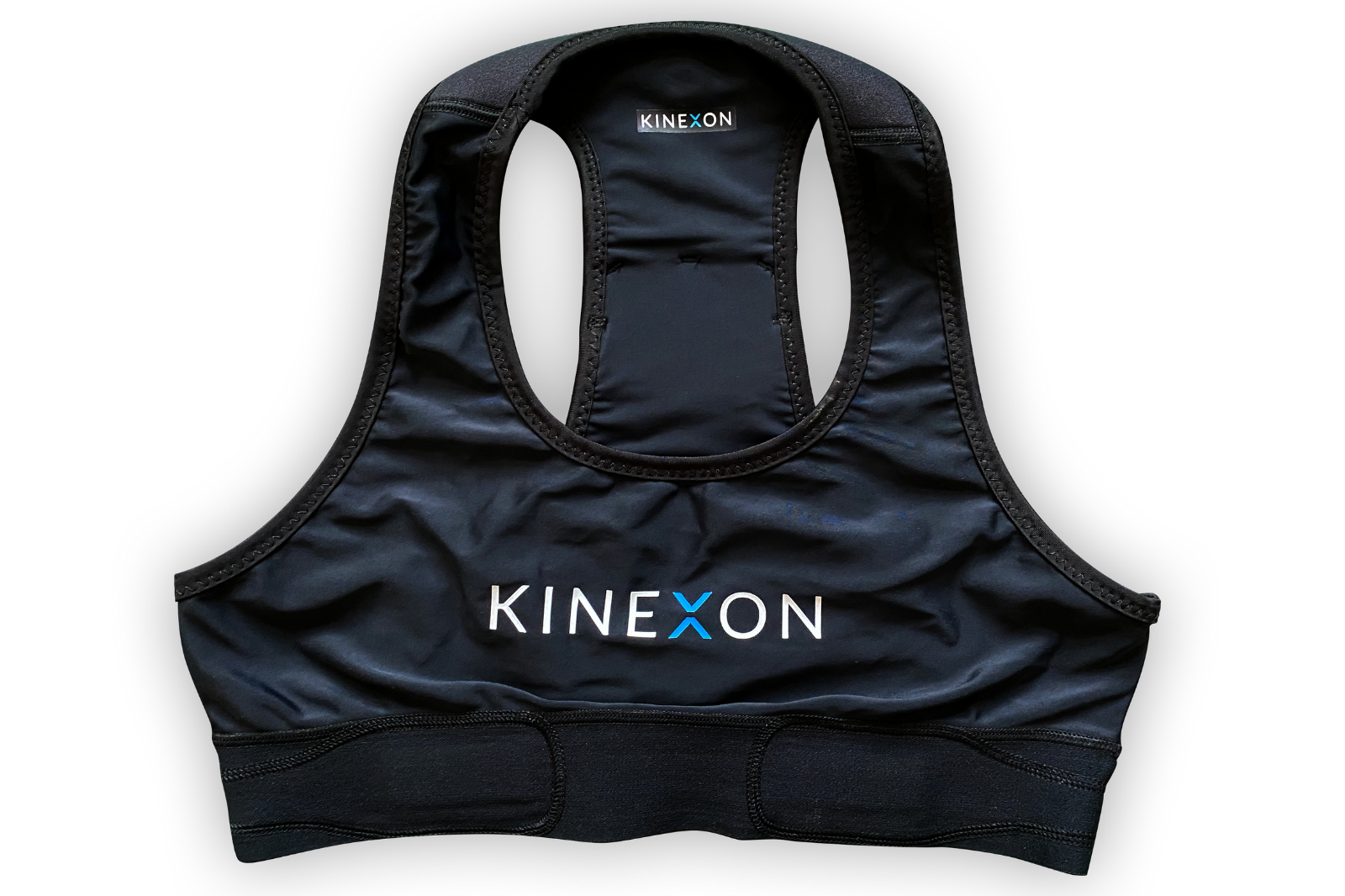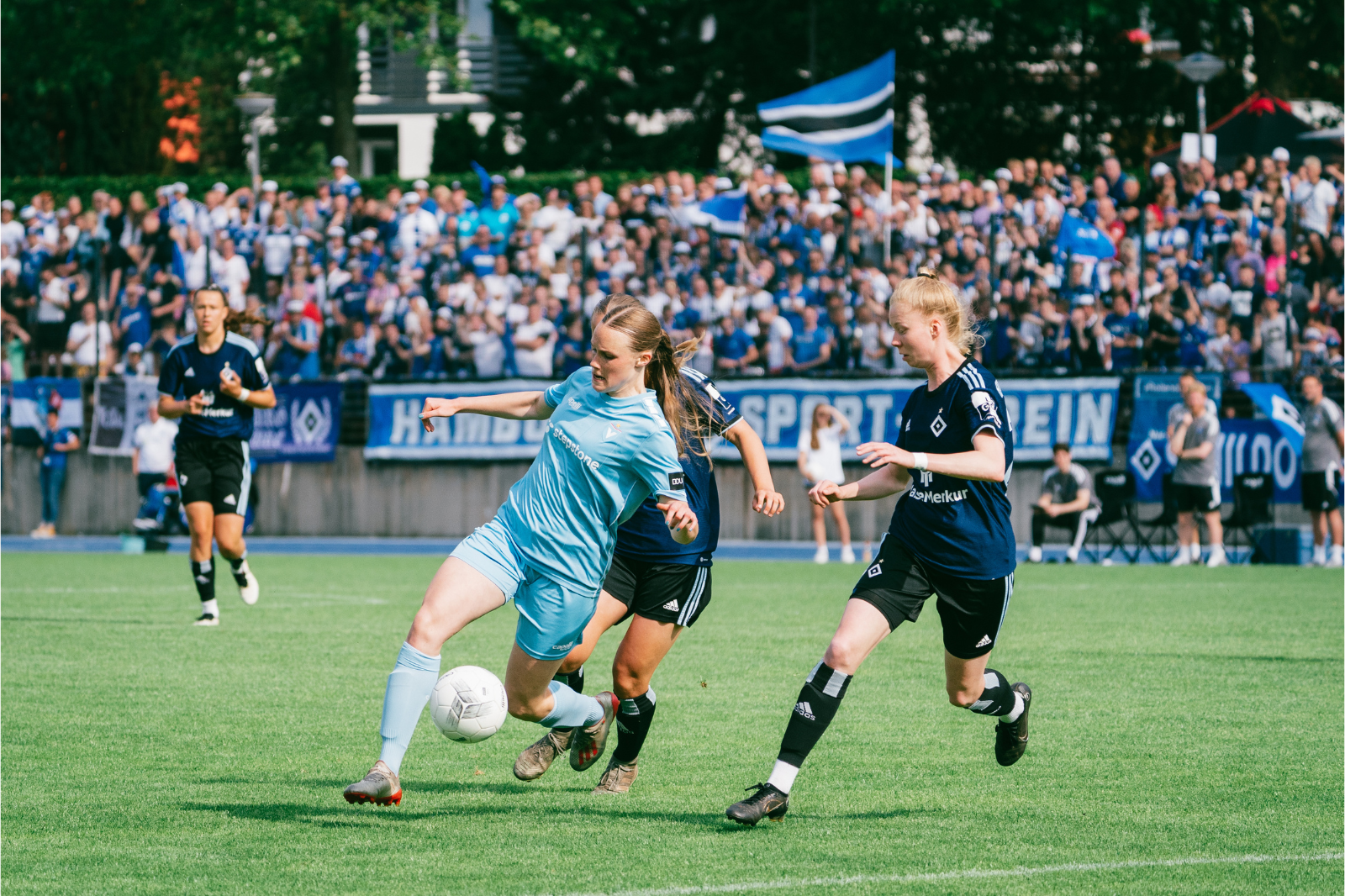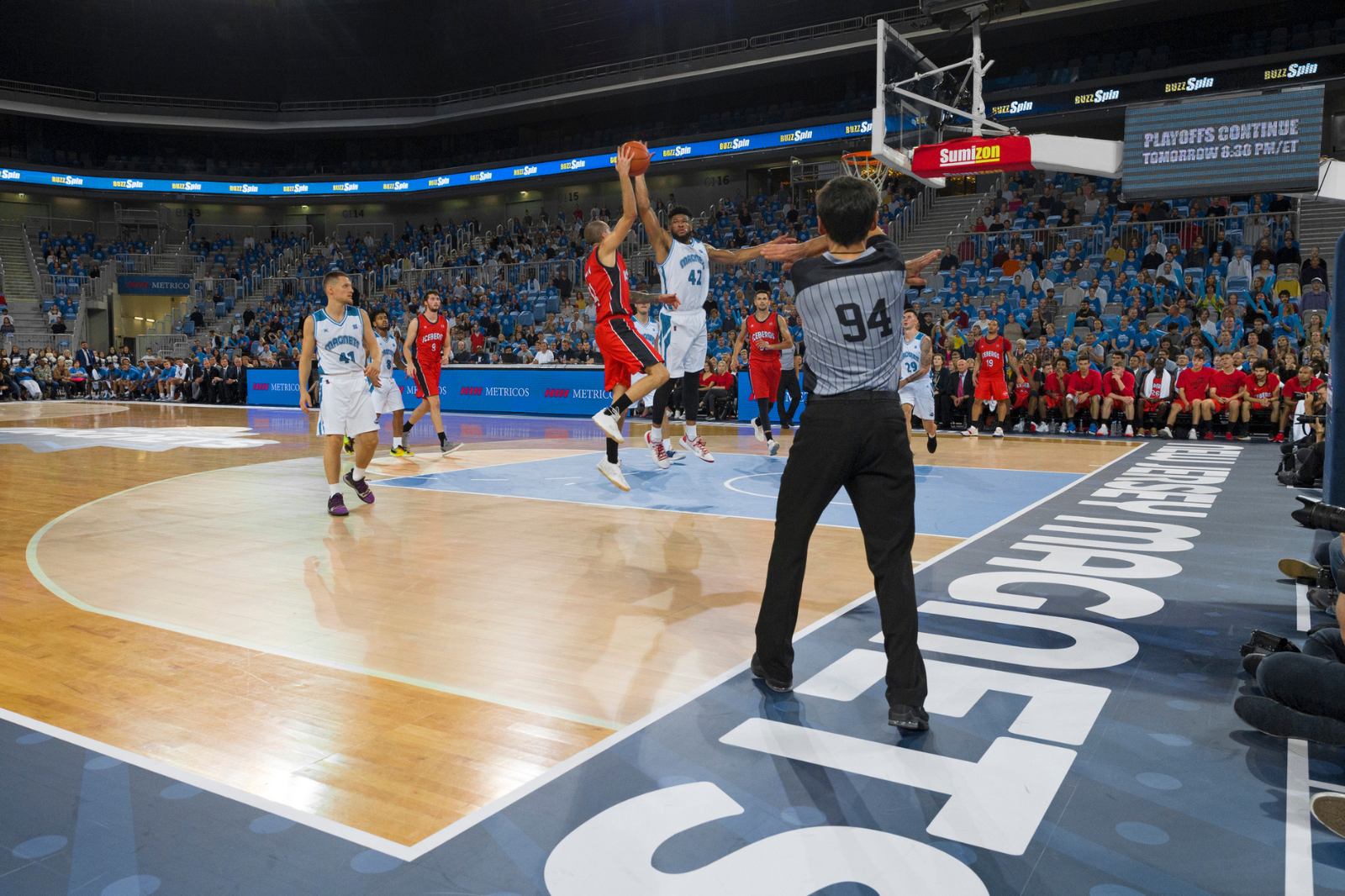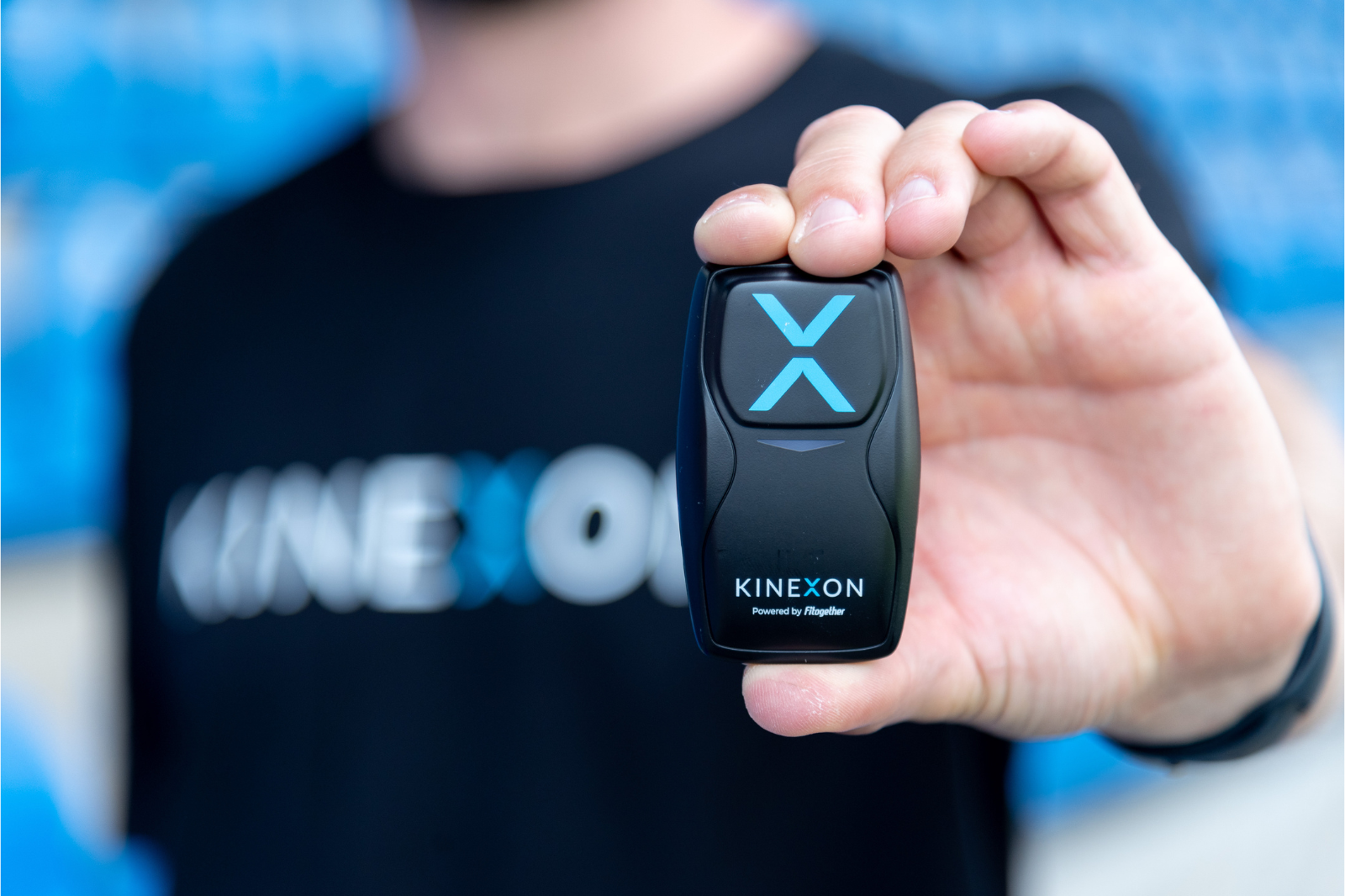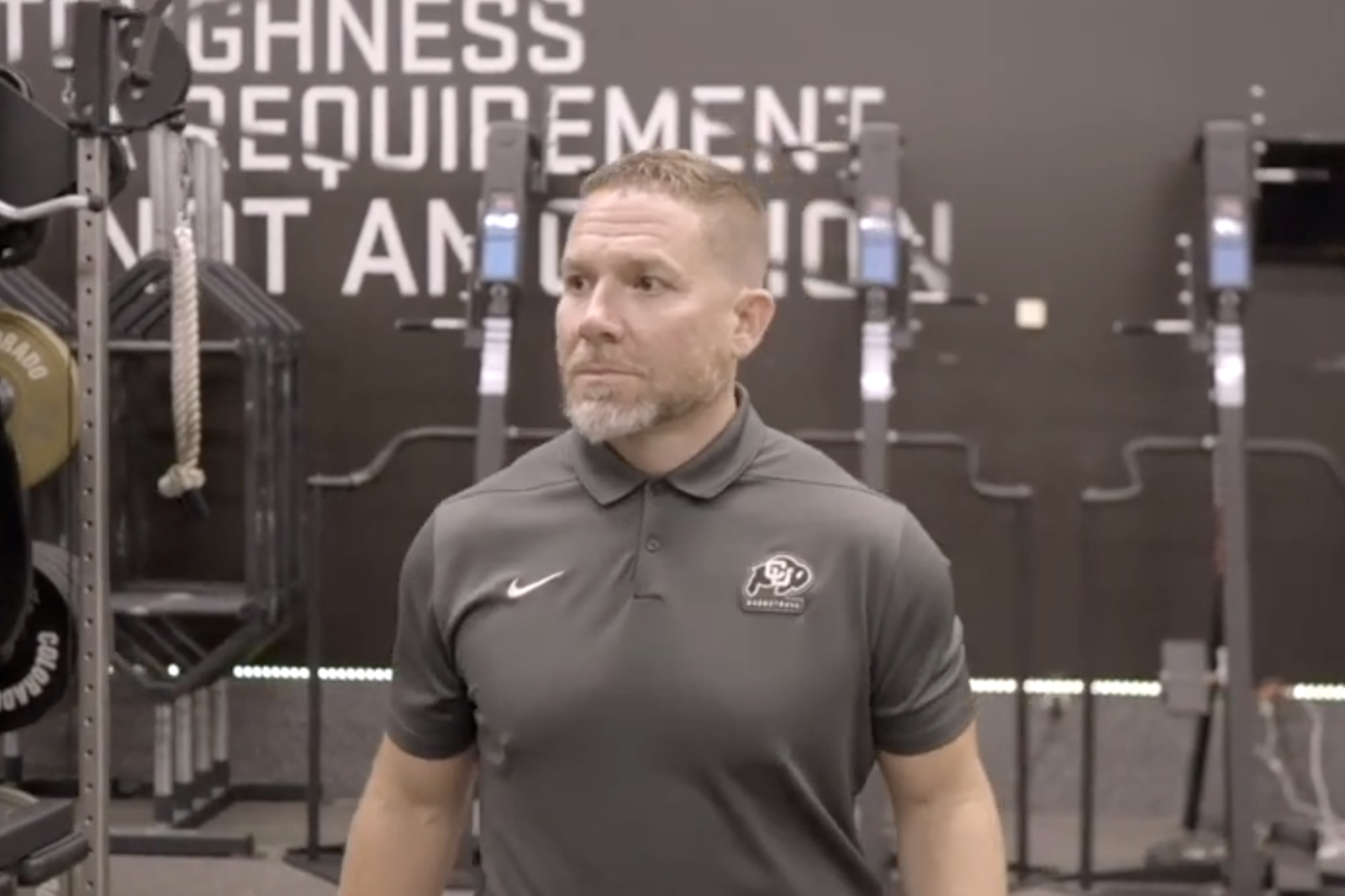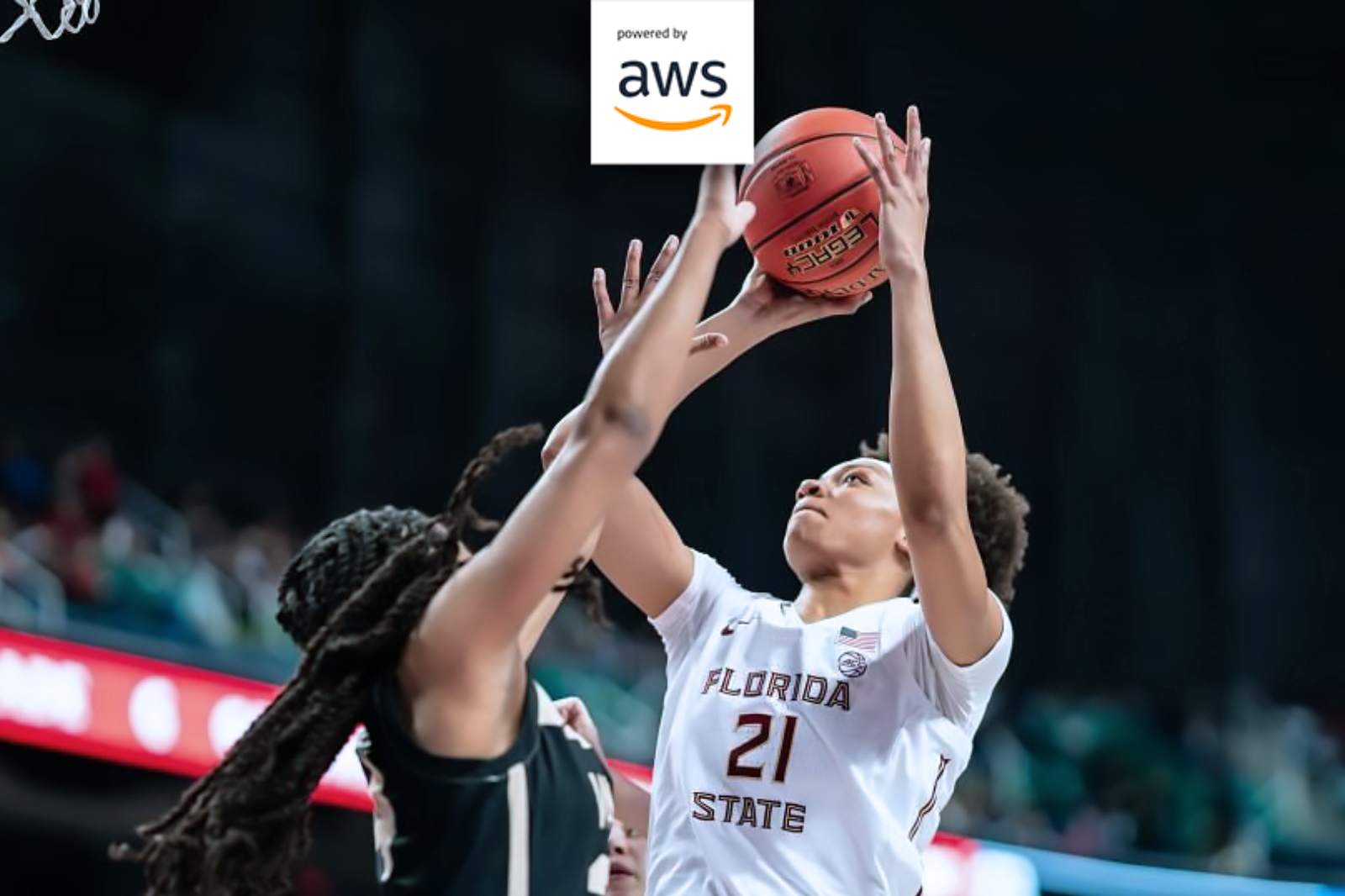Coaching Guide for March Madness: How to Get Ready for the Hottest Time of the Year
March Madness: You lose, you go home – You win, the dream lives on. The most important question for coaches and athletes alike: how to get ready for the hottest time of the year? Philipp Lienemann, Sr. Customer Success Manager at KINEXON, introduces an integrated approach — get the exclusive guide here!

Author: Philipp Lienemann
Access Philipp’s complete approach to preparing for March Madness here.
Also, don’t miss practical insights from Caleb Krueger, Head Strength & Conditioning Coach Women’s Basketball at University of North Carolina on how KINEXON’s technology helped improve player development and load management at UNC Women’s Basketball.
When all eyes are set on the prestigious NCAA tournament the smallest margins can make all the difference: “40 for 40” — a 40-minute effort for another chance of 40 minutes in the tournament. Reaching the tournament, Sweet 16, Elite 8 or Final 4 does not come by accident.
College athletes who are aiming at getting to the professional level, face a year-around effort to achieve their goal. Long-term athletic development requires a dedicated plan that aims at consistently improving an athlete’s performance over time.
By overloading and stressing the body, allowing it to recover, and then stressing it again, athletes adapt to the increased short-term stressors and build long-term fitness through various physiological adaptations. In the short- to mid-term, this involves adjusting the training plan to the different periods of the season.

By managing the acute and chronic load appropriately over time, coaches can improve player performance, reduce the risk of injury, and time it takes for player to return to play. Keeping your best players healthy and increasing player availability will allow the team to perform at its best, when it matters the most.
Four Seasons – A Blueprint to Succeed During March Madness
Like the year, a basketball season can be divided into four seasons. The four seasons refer to the four very distinct periods of the year that involve different and unique levels of training, preparation, competition, and recovery requirements. In terms of load management, a season is a journey – like a house, great athletes and teams are built over time and rely on a solid foundation.
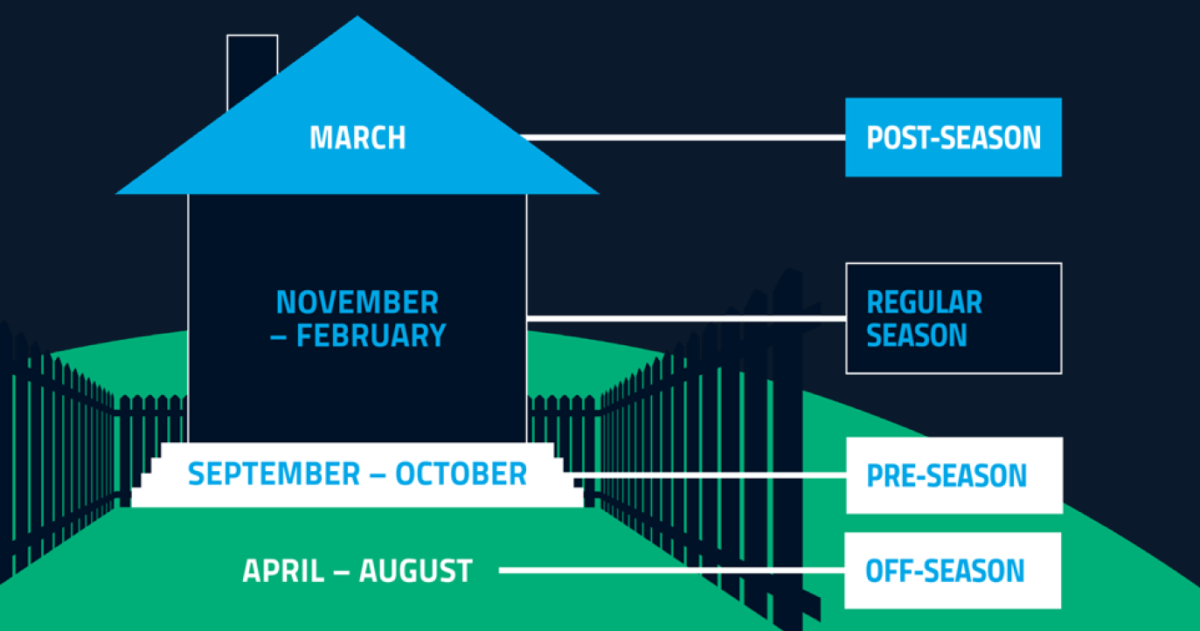
KINEXON has helped us navigate the ever-changing landscape of athlete-readiness in collegiate basketball. It has aided us identify areas of strength and weakness within our program when it comes to player preparedness and long-term athlete development both on the court and in the weight room.
Trust the Process — Guiding Athletes Through the Season
Construction involves multiple phases that all pose various challenges – similarly, coaches follow a periodization approach to plan and optimize the long-term development of their athletes. Hence, dividing a basketball season into the following periods to identify focus areas and challenges can provide a blueprint for success.
- Off-Season: Cleaning the Backyard – Skill Acquisition & Athletic Development Basics
- Pre-Season: Laying the Foundation – Considerations for a Generic & Sport-Specific Conditioning Framework
- Regular Season: Building a Strong Core – Efficient Programming & Player Engagement
- Post Season: Topping Out – Supporting Athletes to Peak at the Right Time
Impact of Player Tracking and Performance Analysis
The goal — by structuring a season accordingly, coaches want to ensure that athletes are training and recovering adequately for optimal adaptation. Player tracking technology supports practitioners in their daily work by providing objective data to quantify the athletes’ acute and chronic workload.
Bridging the gap between a coach’s experience and subjective perspective and the objective, quantitative data provided by KINEXON’s technology is crucial to plan, execute and control relevant training and recovery strategies.
While various aspects need to be considered when selecting, implementing, and using different types of technologies, an integrated approach to athlete monitoring has become the standard to make informed decisions in managing athletes adequately over a strenuous basketball season.
Which aspects need to be emphasized throughout the different periods of the season and how can player tracking be utilized to manage an athlete’s load accordingly? Find more insights here.
Player load tracking has become a vital part of our program in that it helps keep all members of our team physically ready to handle the rigors of both practice and games — and does so by giving us objective load information that can help us make informed decisions.
Selecting the Appropriate Metrics in College Basketball
By using a set of metrics to describe a session’s training volume, intensity and density, coaches can build a holistic training model to quantify the acute and chronic stress of individual sessions, weeks, and months of training.
With countless metrics to choose from, it can be a daunting task for coaches that are using technology for the first time. Considering factors like acceptable levels of reliability and validity, relation to sport-specific demands as well as if they can be easily interpreted by relevant stakeholders are key differentiators in using data effectively for informed decision-making.
Complementing coaches’ subjective insights and experience with objective, quantitative data will help coaches make informed decisions and implement a criterion-based training program.
Electronic Performance Tracking Systems like KINEXON’s Perform IMU and LPS systems are a great tool to support an integrated data-driven approach to training periodization and load management and should be the standard for any Division‑I team.
Deep dive: Read Philipp Lienemann’s full version of an integrated approach on how coaches can successfully guide their teams through a strenuous basketball season and manage their athletes’ loads accordingly.
Want to learn more about KINEXON’s products and services? Let’s get in touch!
